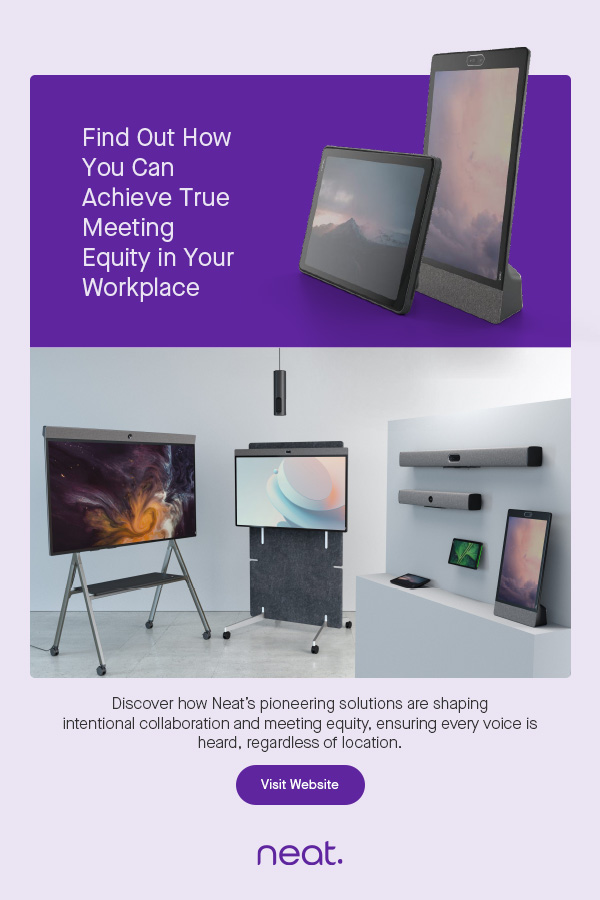The Financial Times reported that this move came "amid rising concerns" over the development of advanced semiconductors by telecommunications equipment manufacturer Huawei Technologies.
The report said South Korea, Japan and the Netherlands had been asked to tighten existing export controls.
The stepped up measures were to include preventing engineers servicing chipmaking tools at advanced semiconductor fabs in China, the FT said citing what it said were five people familiar with the matter.
{loadposition sam08}Washington has been on Huawei's case since 2012, when a 66-page Congressional report claimed that the company was not doing business the American way.
More recently, the US launched a campaign to prevent Huawei, which produces the cheapest and, some say, the best 5G equipment, from doing business with numerous countries, including Australia.
The American scare campaign was successful to a large extent, with the UK, New Zealand, and many European countries toeing the US line.
This has delayed the spread of 5G in many countries as equipment from two other Western competitors, Ericsson and Nokia, is much more expensive.
The only other company that provides end-to-end 5G solutions, ZTE Communications, is also on Washington's blacklist.
Despite all these moves, and also efforts to prevent Huawei from gaining access to the latest semiconductors, the company has progressed to the point where it announced in July last year that it would be making a bid to return to the 5G smartphone business.
A Reuters report at the time cited three third-party technology research companies, who report on China's smartphone sector, as saying Huawei should be in a position to obtain 5G chips in China, using its own advances in semiconductor design tools, helped by Semiconductor Manufacturing International Company, China's largest chip manufacturer, which would make the chips.
Huawei's consumer business brought in US$67 billion (A$101.22 billion) in 2020, before it fell by more than half that amount a year later. It sold off its budget smartphone business Honor to a network of agents and dealers in November 2020.
In October 2022, the US Department of Commerce announced updates to export rules governing semiconductors which were squarely aimed at preventing China from obtaining high-end chips used in military applications.
In a statement at the time, the department's Bureau of Industry and Strategy said the updates were "part of BIS’ ongoing efforts to protect US national security and foreign policy interests".
The updates affected two key areas and were claimed to "restrict the PRC’s [People Republic of China's] ability to obtain advanced computing chips, develop and maintain supercomputers, and manufacture advanced semiconductors".
"These items and capabilities are used by the PRC to produce advanced military systems including weapons of mass destruction; improve the speed and accuracy of its military decision making, planning, and logistics, as well as of its autonomous military systems; and commit human rights abuses," the department said.
"Finally, these rules make clear that foreign government actions that prevent BIS from making compliance determinations will impact a company’s access to US technology through addition to the Entity List."
A year later, there were further measures adopted. The new rules made it much more difficult for American firms Nvidia and Intel to either sell their existing products in China or introduce new products that bypassed the rules.
US semiconductor lobby group, the Semiconductor Industry Association, made its unhappiness with the new rules plain by saying: "Overly broad, unilateral controls risk harming the US semiconductor ecosystem without advancing national security as they encourage overseas customers to look elsewhere.
"Accordingly, we urge the administration to strengthen coordination with allies to ensure a level playing field for all companies.”
The SIA is yet to react to the latest announcements.
Republican Senator Marco Rubio [Florida] and US Representative Elise Stefanik [New York] said in a letter to Commerce Secretary Gina Raimondo noted that Huawei had recently announced a computer powered by Intel’s new Core Ultra 9 processor.
They said this suggested the Biden Administration was allowing Intel "and potentially other US companies to trade with Huawei, in effect giving this sanctioned Chinese company a lease on life. The Biden Administration previously granted export licences to Intel and Qualcomm in similar cases".
The letter said: "As you know, in 2019, Huawei was placed on the Department of Commerce’s Bureau of Industry and Security’s Entity List because of its efforts to undermine America’s national security.
"Huawei is closely linked to the CCP [Chinese Communist Party] and its armed wing, the People’s Liberation Army. The company also has a troubling and well-documented history of spying on our nation’s most sensitive military installations, as well as third-party countries.
"Huawei is currently subject to a 'presumption of denial' licensing policy, but recent reporting makes clear that US technology, including cutting-edge Intel processors, continues to flow to Huawei.
"While the Biden Administration 'assesses', Huawei grows stronger, entrenches deeper in the global economy, and advances PLA military capabilities. According to the Wall Street Journal, sales of Huawei smartphones in China rose 64% year-on-year.
"The company gained domestic market share for both PCs and smartphones. It is clear from these trends that Huawei, a blacklisted company that was on the ropes just a few years ago, is making a comeback. It is doing so because the Biden Administration, led by your department, is failing to protect American ingenuity.
"Last year, you asked for additional resources for BIS [Bureau of Industry and Security] to fully enforce export controls. BIS will not deserve those resources if it cannot do its job by keeping US technology from our adversaries.
"We urge you to immediately revoke the export licences that are allowing American technology to aid our adversaries in order to deprive Huawei of valuable U.S. technology and slow the CCP’s advance to the technological frontier."
Given the time difference between the US and China, Beijing is yet to make any official comment on the latest US move. Any statement it issues, will be added to this report.













































